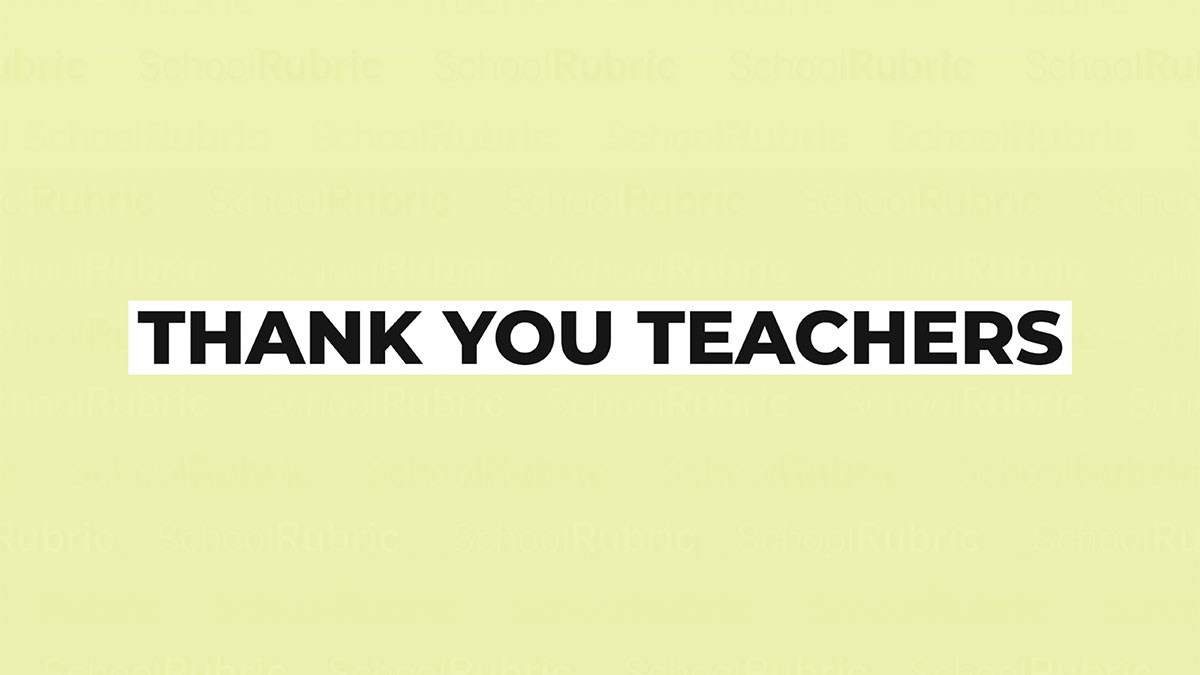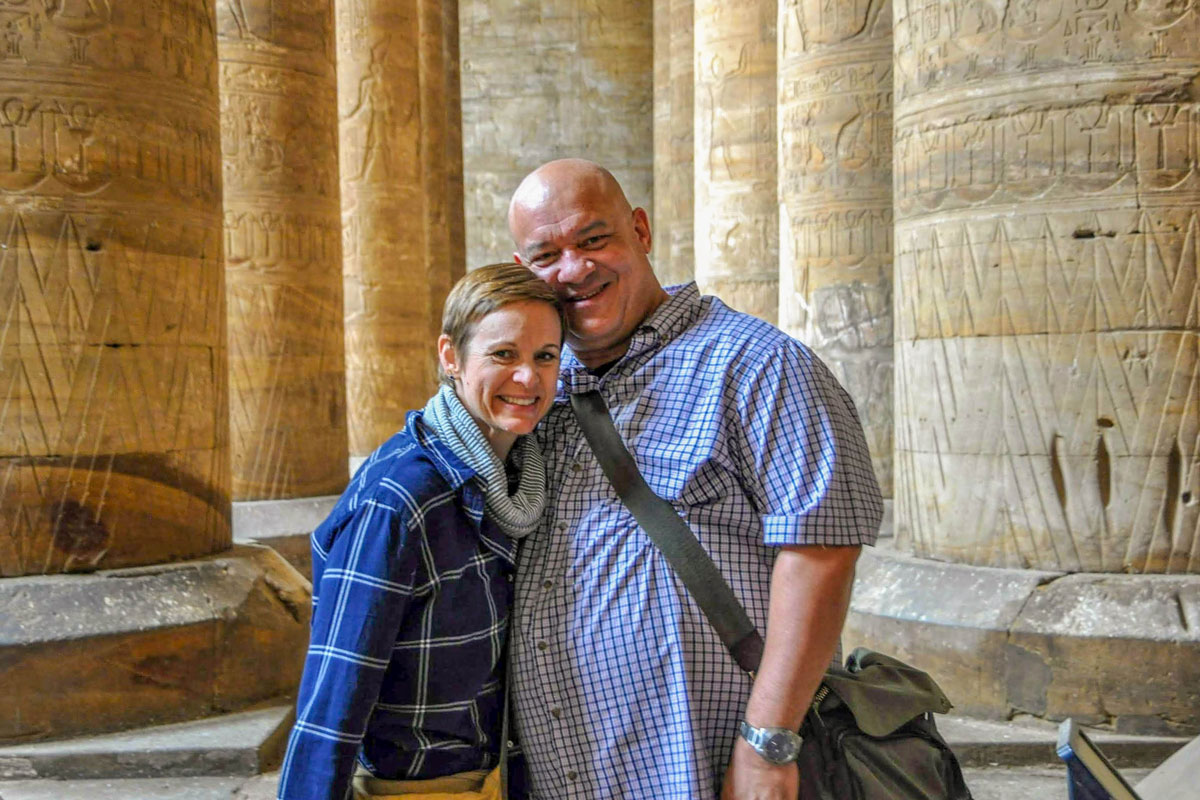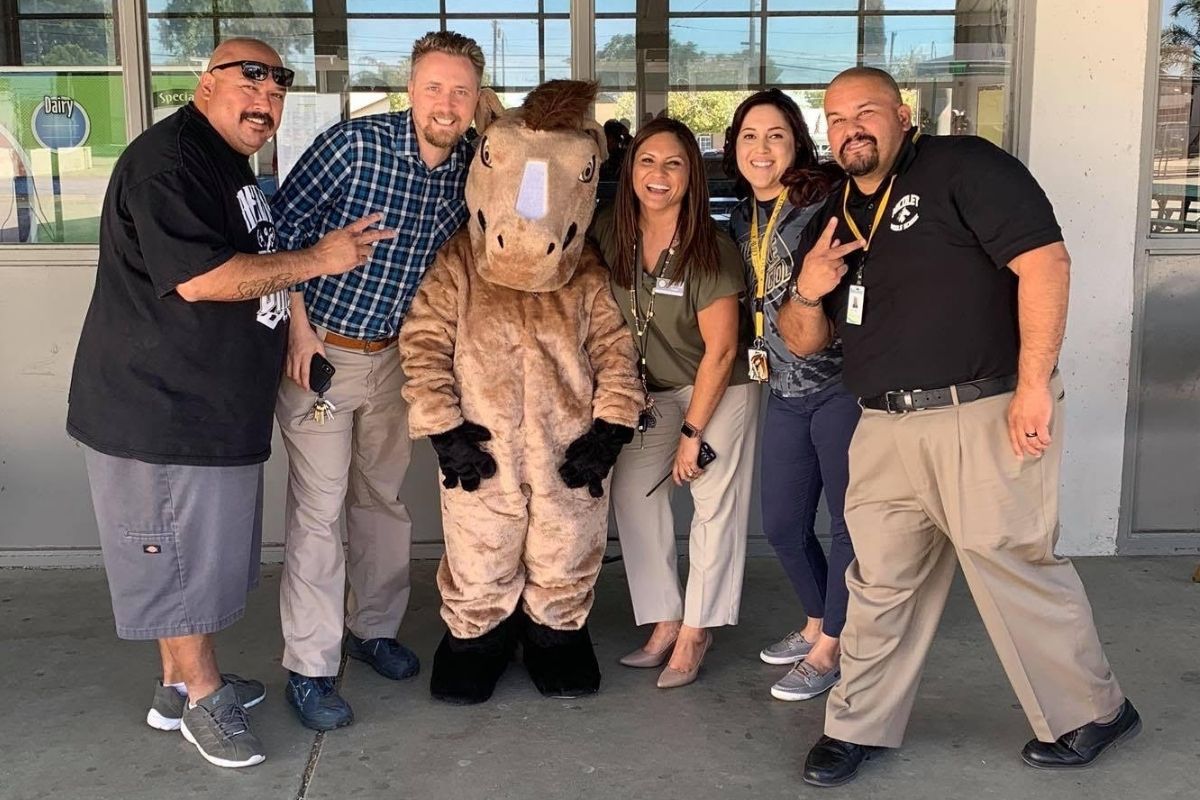Finding the Balance Between Teaching and Leading

While there are exceptions, most educators who enter school administration were at one time teachers themselves. With this background in instruction, there comes an assumption that leaders are ideal guides for classroom practice at all levels. However, a barrier that I refer to as the “empathy gap” in Lead Like a Teacher (W.W. Norton, 2023) interferes with this point of view. The fact that teachers do not always believe in the pedagogical expertise of leaders is an unwelcome thought to administrators who were once highly respected instructors, but the farther away educators get from the classroom, the less they may fully understand what teachers experience. Fair or not, many teachers hold less value for what a leader says than a colleague. How to bridge this empathy gap, especially in an age in which it is becoming more common for school districts to expect administrators to act as instructional coaches?
Be More Present

The separation that occurs between teaching and leading is more than just conceptual – it is physical. When administrators spend too much time in their offices, the lack of visibility can be a deterrent for teachers who seek guidance. With just a few simple tweaks, school leaders can position themselves to have a better connection to staff. For example, instead of sitting in a private office all day, it might be wise to rotate through department or teacher team offices once or twice a week. These spaces often have communal worktables, and with laptops, leaders can work from anywhere. By sharing a space, the leader not only gets the benefit of face time with teachers; they also become less intimidating over time as teachers become accustomed to seeing someone who is in a supervisory role regularly, and who is now more accessible . When casual questions or ideas arise, they will pop up naturally in the course of conversation as opposed to teachers feeling like they must travel to the main office or send an email. As an added benefit, face-to-face interactions come with fewer misunderstandings and a greater sense of collegiality. To take the idea of being present one step further, many school leaders use rolling desks, positioning them in hallways or classrooms to be visible to both students and staff. When administrators are out in the open, so is their work, which makes the job they do each day far more transparent.
Be a Teaching Partner

When administrators lead professional development, it is all too common for a session to contain a lot of talk and not enough action. The same holds true with classroom observations; teachers might feel that the feedback they receive is from someone who is out of touch with current instructional practice. To shift this paradigm with a far more effective approach, administrators can model teaching strategies by enacting them as part of a meeting or training. To that end, being consistently aware of what teaching looks like requires a more consistent classroom presence. Luckily, there are many experts within any school building (i.e., teachers) who are glad to collaborate with their administrators on planning and implementing a lesson. Suppose an upcoming PD session in a school is centered on station rotation strategies. By approaching individuals who already use stations effectively in their classrooms and teaching a lesson with them, leaders gain added experience and perspective in applying the strategy themselves. As an added benefit, administrators become more aware of teachers who can help lead the PD right alongside them (ideally, in a station rotation format to model the strategy instead of just talking about it), which increases buy-in from classroom-based staff who learn best from their colleagues.
Consider Teaching a Class

While co-teaching with a willing partner from time to time is a good strategy for staying steeped in instruction when there is a logistical limit to doing anything more, some administrators are given time to teach one or two classes each day. From a practical perspective, that means working with a structure that supports release time for instruction, such as mobilizing a backup teacher leader to cover for an assistant principal who is in the classroom during a designated class period. Some administrators use teaching a class as an added opportunity to empower future education leaders so that while they are working with kids, there is a group of teachers in the building who are learning to become administrators, and who are growing their capacity for leadership as the administrators build their own instructional growth concurrently. Creating structures that allow administrators to teach can be complicated to establish initially, but will run smoothly with time with proactive anticipation of possible logistical barriers to success.
Be Collaborative

Even when creating more of an instructional presence is not possible for school leaders, working with teachers in a variety of other ways helps to achieve a culture of collaboration within a school. It is not unusual for administrators to be overly exclusive in conversations about what improvements to make in a school. Instead, pulling in teacher expertise makes the process much smoother and more aligned to the authentic instructional needs of everyone in the building. To increase a culture of shared leadership, one effective strategy involves creating a teacher advisory panel that meets with the principal on a regular basis, perhaps monthly. This group is ideally composed of teachers with a variety of perspectives and skills, and it might also be a rotational panel that shifts every few months to be more inclusive. Either way, the principal can bring instructional concerns to this advisory to solicit suggestions and ideas from a teaching lens. That way, when decisions are made that directly affect teaching and learning in a school, multiple voices have had an opportunity to influence what happens next with more transparency and relevant feedback.
Closing the empathy gap between teachers and administrators may be challenging, but it is well worth the effort. The added trust and mutual respect for each other’s expertise that is built between teachers and administrators who connect over instructional needs in the classroom leads to the overall improvement of any school environment. Doing what we can, where we can in partnership with others is a game changer that cannot be underestimated.
This article is available and can be accessed in Spanish here.









